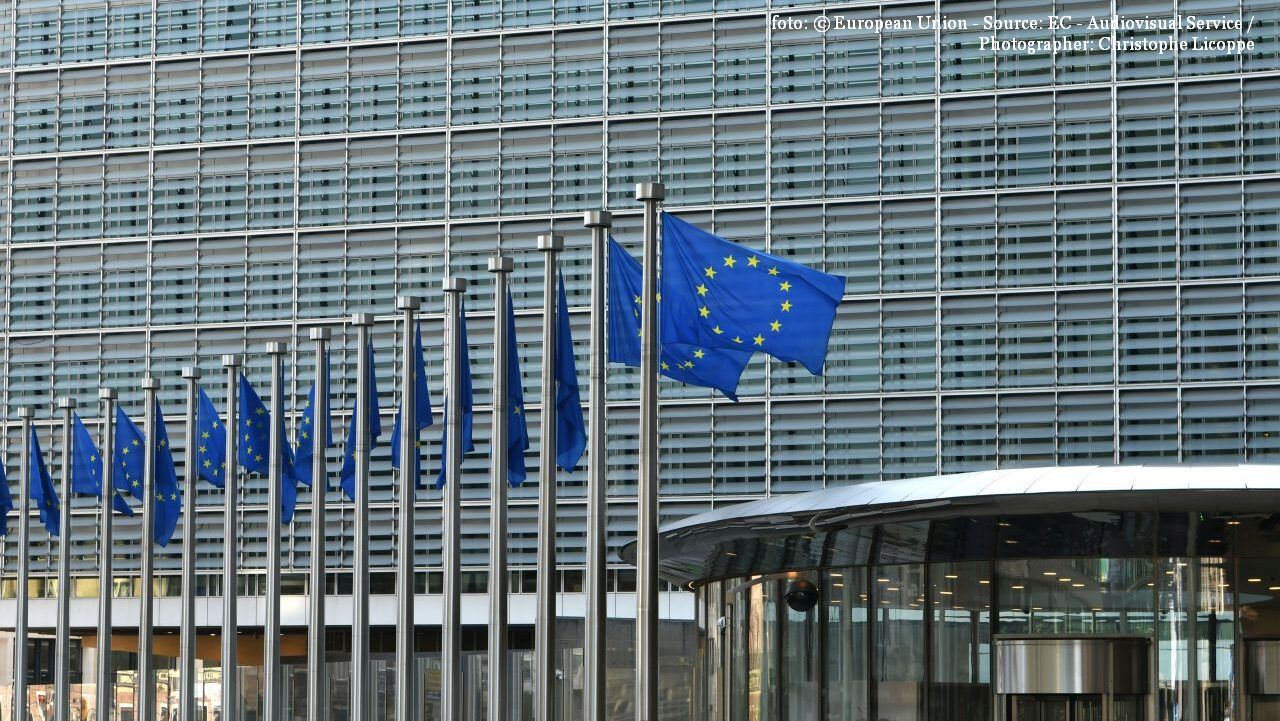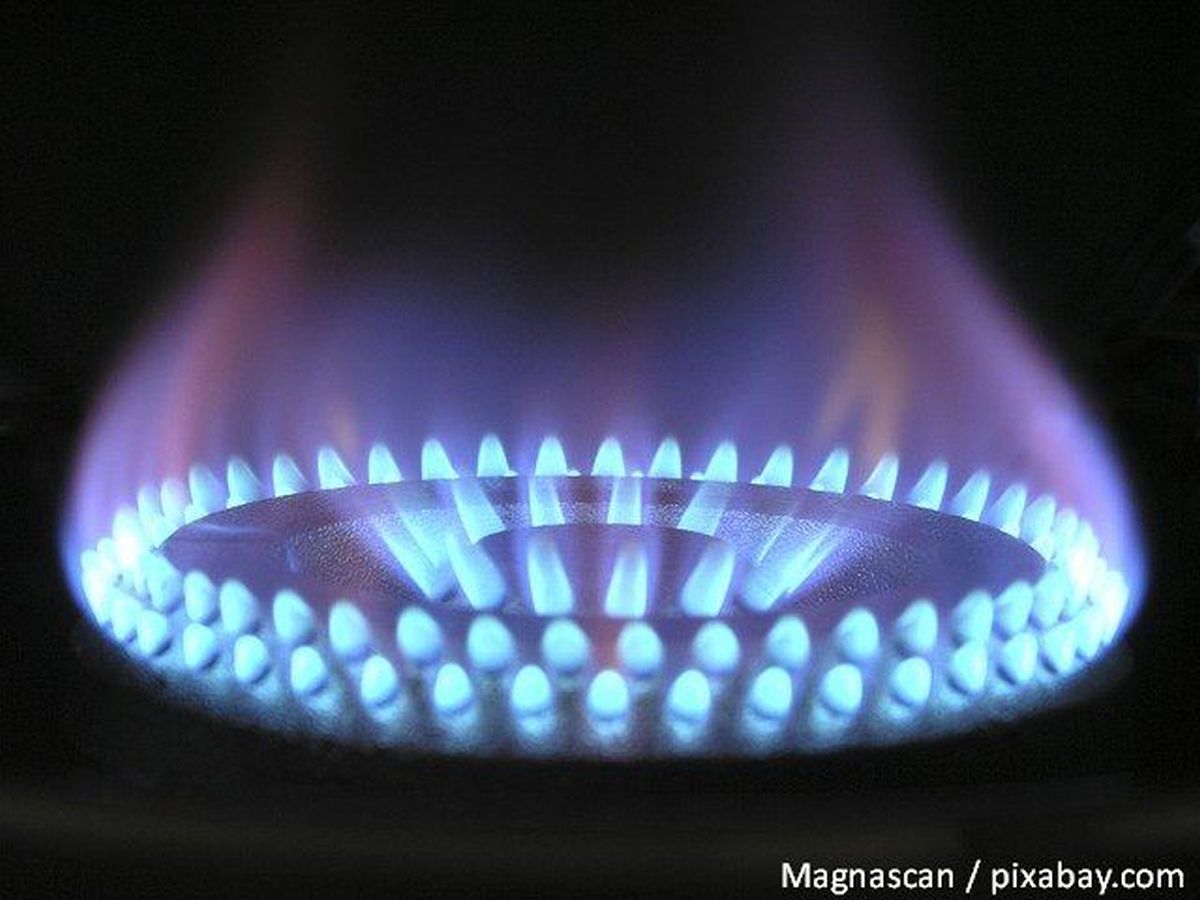More expensive loans
The ROBOR index continues to increase, as do consumer loan instalments

Mihai Pelin, 05.08.2022, 14:00
The 3-month ROBOR index, based on which the costs of consumer loans in domestic currency with variable interest rate are calculated, continues to rise, and has reached 8.11% per annum. The last time the index was higher, namely 8.15%, was on February 1, 2010, the central bank says. Early this year, the index was 3% per year.
Almost half of the loans in domestic currency taken out in Romania are currently based on the ROBOR index. The financial analyst Adrian Negrescu says a lot of Romanians now have to pay 50% or even 80% higher instalments then last year.
A first solution would be to switch to the consumer loan reference index (IRCC), so that instalments may drop for 1-2 years, Adrian Negrescu believes:
Adrian Negrescu: “In order to switch from Robor to IRCC, borrowers only need to go to the bank where they have taken out the loan and submit an application, which is usually resolved within 30 days. It is a lawful request that banks are bound to comply with as quickly as possible. If indeed the bank in question denies the application, which is a possibility, the solution is to take the matter to the Banking Dispute Settlement Centre (CSALB), an institution that helps people, free of charge, to negotiate new lending terms and conditions with banks.”
Another option is loan refinancing, based on offers from various banks. For those who lose their jobs, the only solution is to postpone repayment for a few months, until they manage to get hired.
Adrian Negrescu: “For those experiencing difficulties, i.e. who fail to get a new job, personal bankruptcy or transferring an asset in lieu of payment are 2 other options that may help them get rid of the burden of a loan they can no longer afford.”
The financial analyst also warns that as long as inflation remains high, interest rates will continue to go up. He says ROBOR is expected to reach 9% in the forthcoming period.
A rise in the key interest rate is the most frequently used measure by central banks, which are in charge of securing price stability, when they try to keep inflation in check. To reduce the cash available in the market, they raise interests and thus deter further borrowing. But the measure also impacts older loans, in that it pushes variable interests up. The more expensive the loans given by central banks to commercial banks, the higher the interest rates in the interbank market.
At European level, several central banks have increased interest rates because of the global economic situation. Europe has been struggling with the COVID-19 pandemic, which has upset supply chains, and in addition, since February, the war in Ukraine and the sanctions against Russia have been shattering the energy market. (AMP)






























